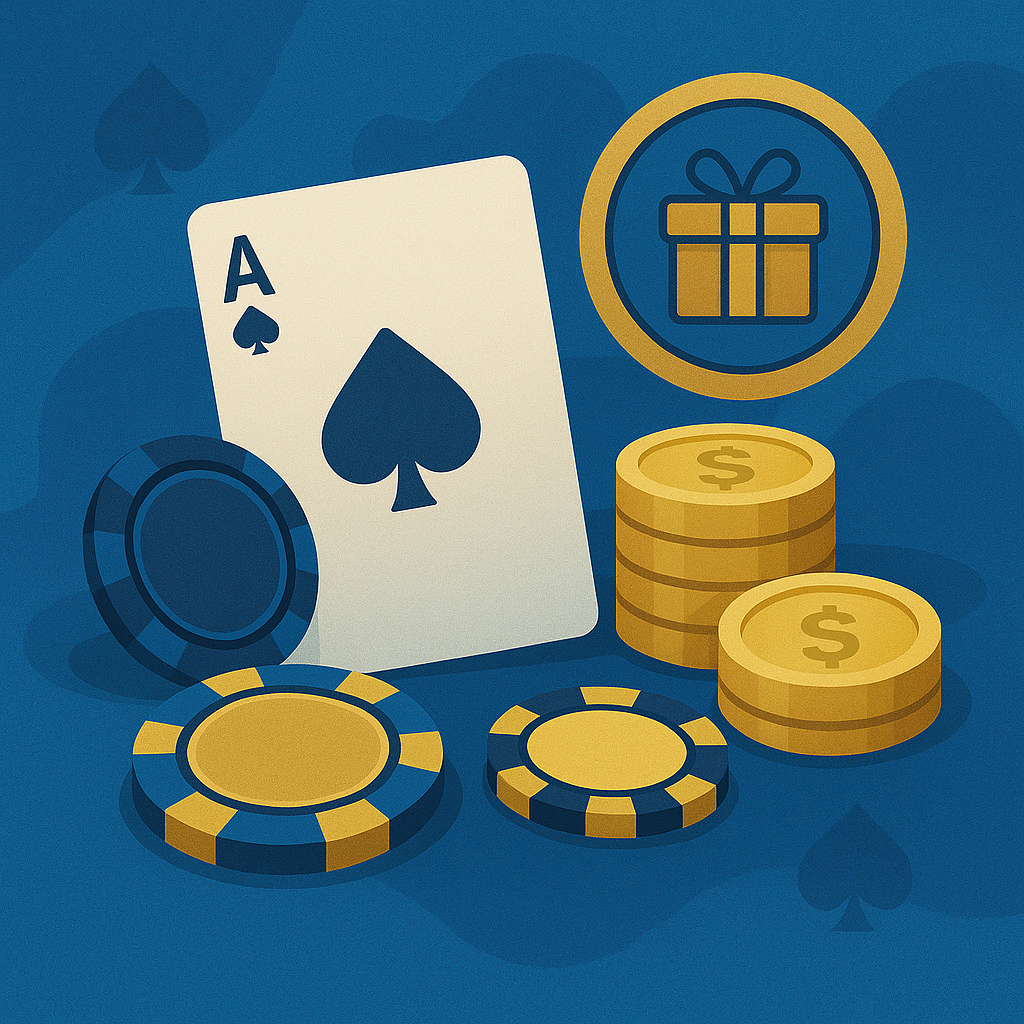Estadísticas y predicciones de Kolmonen Promotion Playoffs
¡Bienvenidos a las emocionantes Promociones de Playoffs de la Kolmonen Finlandesa!
La temporada de fútbol en Finlandia está llegando a su punto culminante con las Promociones de Playoffs de la Kolmonen, una serie de partidos apasionantes que decidirán qué equipos lograrán el ascenso a la Ykkönen. Como un residente local apasionado por el fútbol, he estado siguiendo de cerca estos enfrentamientos y estoy aquí para compartir análisis detallados, predicciones de apuestas y actualizaciones diarias sobre cada partido. Prepárate para sumergirte en el mundo del fútbol finlandés con información completa y consejos expertos.
No football matches found matching your criteria.
¿Qué es la Kolmonen y por qué es importante?
La Kolmonen es la tercera división del fútbol finlandés, un nivel crucial donde los equipos compiten no solo por el orgullo, sino también por la oportunidad de ascender a la Ykkönen, la segunda división. Estos playoffs son el último tramo del camino hacia el ascenso, ofreciendo una mezcla emocionante de esperanza y desafío para los equipos participantes.
Formato de los Playoffs
Los playoffs de la Kolmonen están estructurados en dos rondas: cuartos de final y semifinales, seguidos por la gran final. Los equipos se enfrentan en eliminatorias directas, donde cada partido puede significar la diferencia entre seguir soñando o decir adiós al ascenso.
Equipos Destacados
- Kotkan Työväen Urheilijat (Kotka): Con un sólido desempeño durante la temporada regular, este equipo ha demostrado ser una fuerza a tener en cuenta.
- HIFK Helsinki: Tradicionalmente fuerte en el fútbol finlandés, HIFK llega a los playoffs con altas expectativas.
- JIPPO Rauma: Con una temporada impresionante, JIPPO ha sorprendido a muchos y se posiciona como uno de los favoritos.
- VPS Vaasa: Con una mezcla de experiencia y talento joven, VPS busca consolidar su lugar en las divisiones superiores.
Predicciones Expertas: ¿Quiénes Ascienden?
Basándome en el rendimiento durante la temporada regular y los resultados recientes, aquí están mis predicciones para los equipos que tienen más probabilidades de ascender:
- Kotkan Työväen Urheilijat: Su consistencia durante toda la temporada les da una ventaja significativa.
- JIPPO Rauma: Su forma ascendente hace que sean un contendiente formidable.
- HIFK Helsinki: Aunque siempre hay riesgo en playoffs, su historia y experiencia les dan un plus.
Análisis Táctico: Estrategias Clave
Cada equipo tiene sus fortalezas tácticas que podrían marcar la diferencia en estos partidos cruciales. Aquí te presento algunas estrategias clave que podrían definir el rumbo de los playoffs:
- Kotka: Su defensa sólida será clave para mantenerse invicto en casa.
- JIPPO: Su ataque rápido y eficiente podría desestabilizar a cualquier defensa.
- HIFK: La experiencia de su plantilla les permite adaptarse rápidamente a diferentes estilos de juego.
Betting Predictions: Consejos para Apostar
Si estás interesado en las apuestas deportivas, aquí tienes algunos consejos basados en análisis detallados:
- Kotka vs JIPPO: La opción más segura podría ser apostar por un empate o victoria ajustada debido a sus fuertes defensas.
- HIFK vs VPS: Dada la experiencia de HIFK, podría ser una buena opción apostar por su victoria.
- Predicciones Generales: Considera apostar por menos goles debido al estilo defensivo predominante en estos partidos.
Actualizaciones Diarias: Sigue Cada Partido
Para no perderte ni un solo detalle de estos emocionantes playoffs, asegúrate de seguir nuestras actualizaciones diarias. Cada día traerá nuevas informaciones sobre resultados, análisis post-partido y predicciones actualizadas.
Entrevistas Exclusivas: Voces del Fútbol Finlandés
Hemos tenido el privilegio de entrevistar a varios entrenadores y jugadores clave. Aquí te compartimos algunas perspectivas internas que podrían darte una ventaja en tus apuestas o simplemente disfrutar aún más del torneo.
"Este es un momento crucial para nuestro equipo. Hemos trabajado duro toda la temporada para llegar aquí. Confiamos en nuestra estrategia y estamos listos para darlo todo." - Entrenador de Kotka
"Cada partido es una nueva oportunidad. Sabemos que cada juego puede ser decisivo, así que estamos enfocados al 100%." - Jugador destacado de JIPPO
Estrategias para Seguir los Playoffs desde Afuera
Si no puedes asistir a los partidos en persona o seguirlos desde Finlandia, aquí tienes algunas estrategias para mantenerte conectado:
- Sigue las transmisiones en vivo a través de plataformas oficiales y redes sociales.
- Únete a foros locales para discutir resultados y tácticas con otros aficionados.
- Mantente informado mediante nuestras actualizaciones diarias completas con análisis experto.
